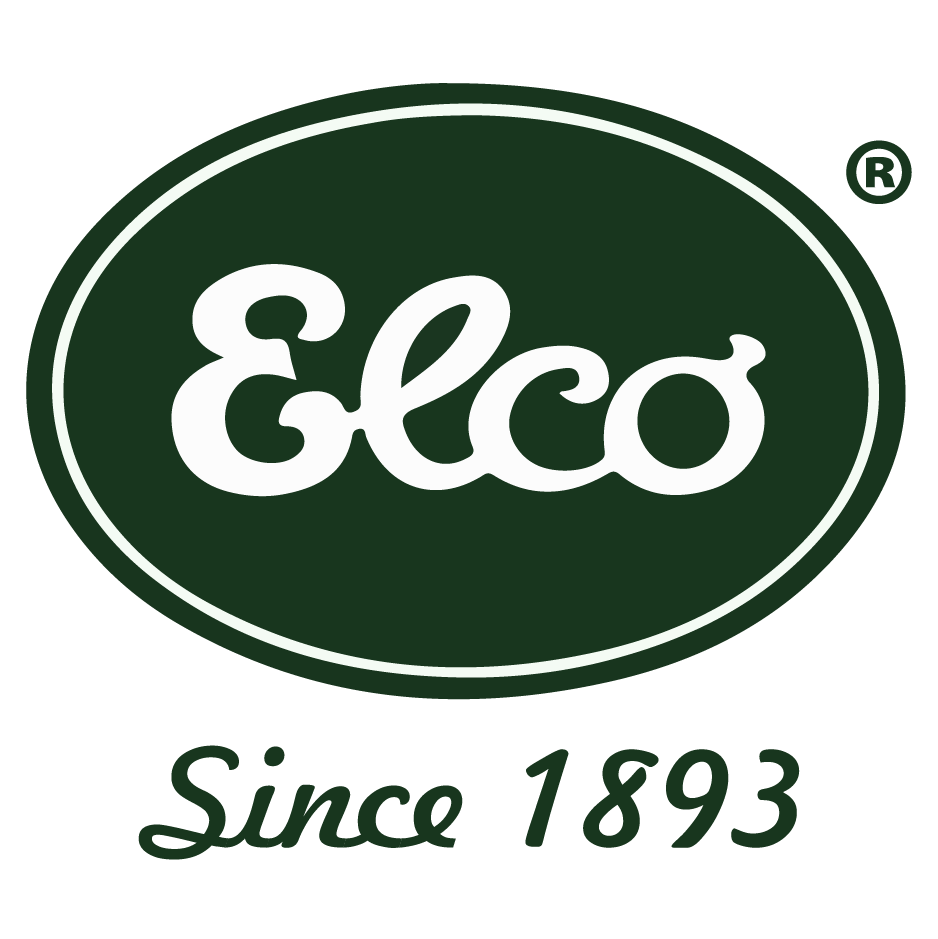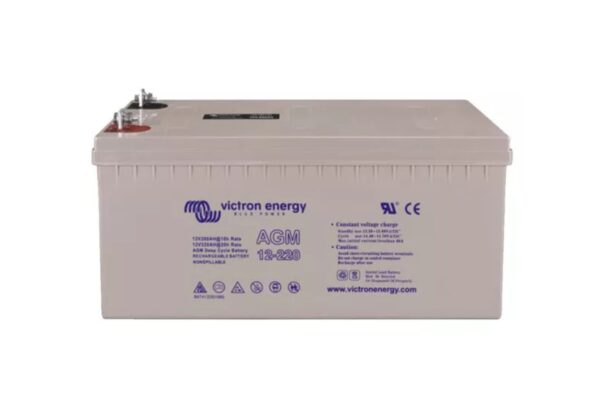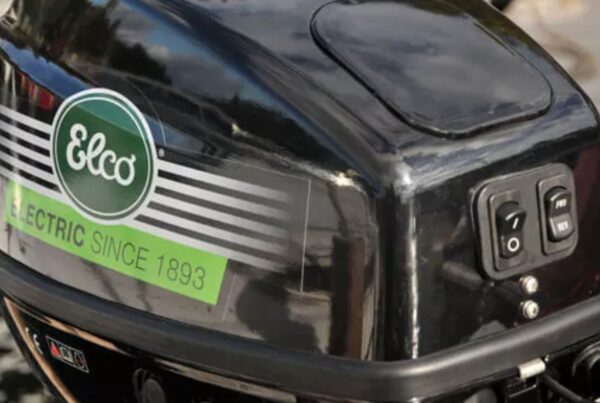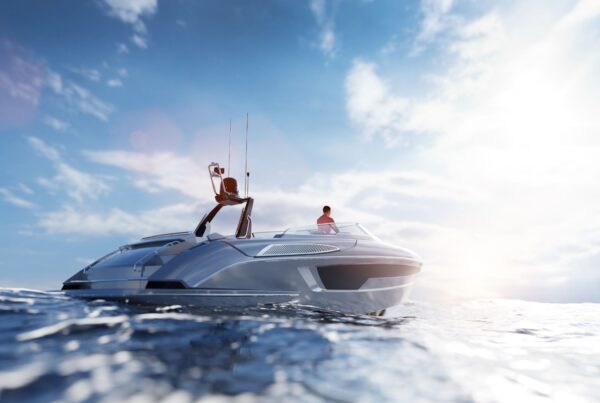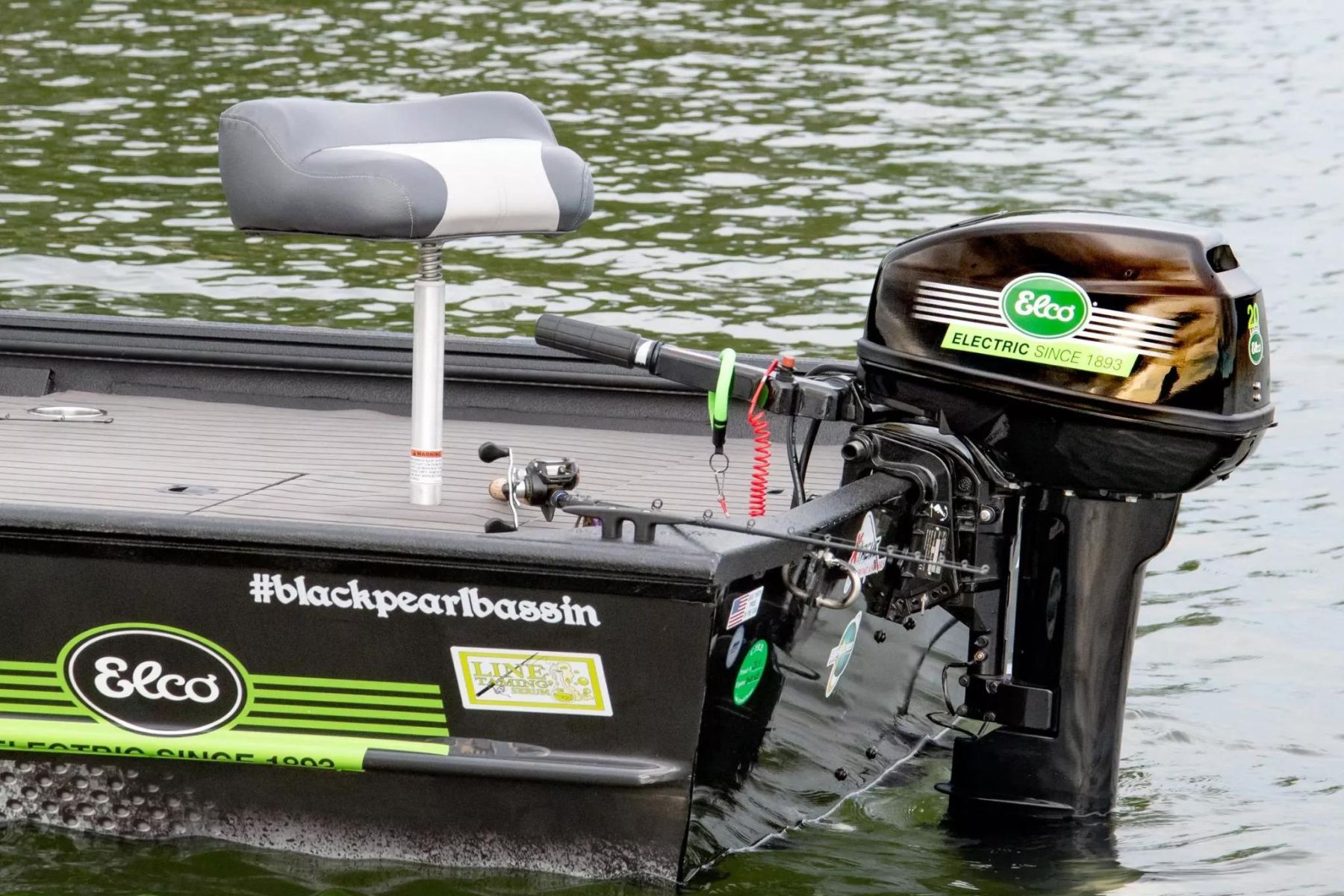
An electric inboard or outboard boat motor is a wise choice both for your boating enjoyment and the protection of the environment. A quick overview of electric boat motor battery options will help you make a choice that’s right for your vessel and your boating style.
Lead Acid Batteries
Lead acid batteries have been the backbone of boating for decades. Their proven reliability and affordability make them a traditional choice for electric boat motors. These batteries operate on a simple technology: lead plates submerged in a sulfuric acid solution produce electricity.
Lead acid batteries offer a low-cost solution for boaters and have a tried-and-true history of performance. However, these batteries require regular maintenance, and they’re larger and heavier relative to the amount of power they provide. They also contain hazardous substances, heightening the risks associated with spills.
AGM Boat Batteries
AGM stands for absorbent glass mat. These batteries have gained popularity due to their high performance and minimal maintenance. The electrolyte in AGM batteries is absorbed into a fiberglass mat, creating a battery that is resistant to vibration and adaptable to a wide range of temperatures.
AGM batteries boast a deep cycle capability, meaning they can be discharged and recharged repeatedly and far more often than standard lead acid batteries. They’re sealed so that there is minimal risk of spills, and they can hold their charge over long periods of storage. This feature makes them an excellent choice for electric boat motors. However, while these batteries save time with their maintenance-free nature, they do demand a higher upfront cost.
Lithium Iron Phosphate Batteries
Lithium Iron Phosphate (LiFePO4) batteries offer a higher energy density (the amount of power the battery can store relative to its size or weight) than AGM batteries, providing power in a smaller, lighter package.
While lithium-ion batteries have greater energy density than LiFePO4 batteries, the LiFePO4 batteries have a higher C rate, which is a measure of how much power a battery discharges in one hour. A one-ampere-hour battery that is fully charged and has a 1C rating will provide one amp of power for one hour.
LiFePO4 batteries are typically rated at 25C and can provide as many as 10,000 charge/discharge cycles, whereas a lithium-ion battery is rated around 10C, providing between 500 and 1000 discharge cycles. Lithium-ion batteries also degrade faster than LiFePO4 batteries at high temperatures.
Overall, this means that LiFePO4 batteries have an impressive lifespan, capable of thousands of discharge-recharge cycles without a significant drop in performance. Their long-lasting nature, coupled with their lightweight design, makes them a superior choice for boating enthusiasts, but they are more expensive.
With this overview of electric boat battery options, you’ll be able to make an informed decision about what type of battery you want. Call Elco Motor Yachts, your knowledgeable electric boat battery supplier, at +1 877-411-3526 for advice on what type of accessories you need to make a successful conversion.
